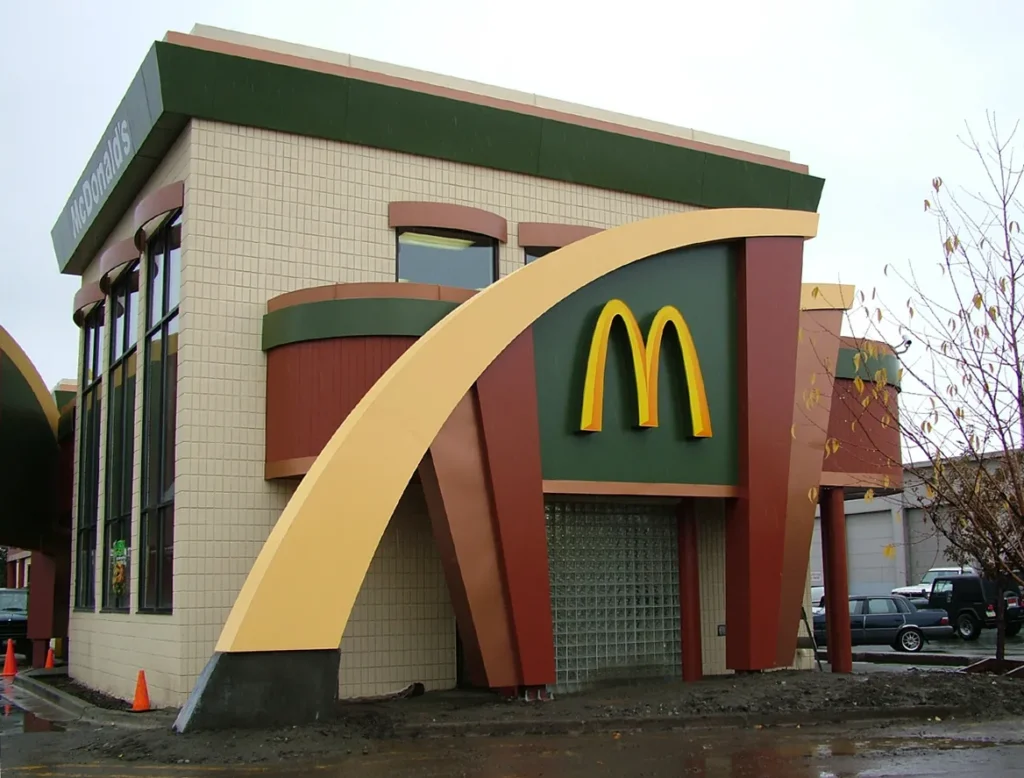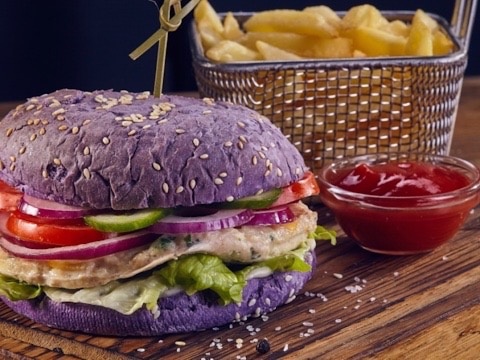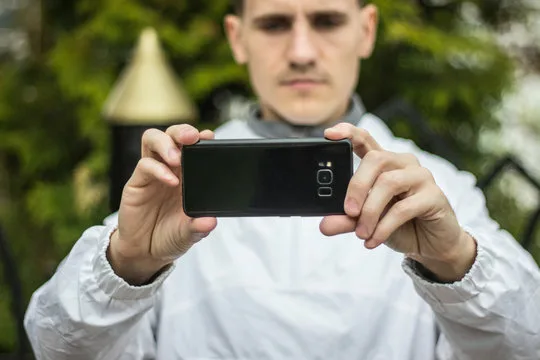Modern market fast food products it became incredibly rich. Burgers, fries, drinks and sweets are everywhere-from megacities to small towns. The competition is fierce, and it's no longer enough to have a delicious menu or fast delivery to stand out. This is where storytelling — the art of storytelling-comes to the rescue. It is through him that a fast food brand can establish a real emotional connection with the client. Let's look at it in stages, how fast food can use storytelling for promotions.
Basic — understanding your audience
Before you start telling any stories, it's important to understand who the listener is. They can be students, tired office workers, teenagers, mothers with children, or even tourists. Each group has its own dreams, fears, joys, and routines. To touch the right emotions, you need to speak to the audience in their language. Without this, no story can really catch on.
For example, students value friendship, fun, and late-night hangouts — and if a brand's story resonates with this lifestyle, it quickly resonates. And parents are more likely to look for security, trust, simplicity — and completely different stories will be closer to them.
The origins of the brand are more than just the date of its foundation
Many fast food brands started out with a small cafe or kiosk on the corner. This story is already a story to tell. People like to observe the path from simple to meaningful. Tell us how the owner started with just one frying pan, how he fried potatoes himself, and how customers became friends. Show that there is a person behind the business who has put his heart and soul into it. These stories keep the brand alive.
Each product is an occasion for a story
A menu is not just a list of dishes. It's a whole universe of stories. Why did this particular burger appear? Where did the idea to add a sauce with an unusual taste come from? Maybe he was inspired by the taste of childhood or a trip to another country?
When a product has a story behind it, it is no longer just food. It becomes something personal. This approach not only arouses interest, but also contributes to better memorization. The customer begins to feel connected to the product.
Visual images and atmosphere
Stories can be told not only through text. Interiors, packaging, signage, even employee uniforms - everything can work for a common narrative line. For example, if a restaurant is built in a retro style, its history may be related to the theme of the last century: rock ' n ' roll, roller coasters, vintage cars. Even the fragrance in the hall can become a part of this atmosphere.
Photos, videos, and the design of social networks all help complete the story. Here it is important to be consistent, so that everything that surrounds the client speaks about one thing: the character of the brand.

Heroes of stories — customers and employees
Often, the most touching and real stories come not from the marketing department, but from the people themselves. A customer who orders their favorite burger every night after a heavy shift. A couple who met on their first date at a fast food restaurant. An employee who started in the kitchen and became a manager.
Such stories can easily turn into publications, videos, comics, and even mini-movies. They cause a sincere reaction. And when a person sees that "ordinary" people are becoming part of the brand, they feel that they can be part of the story themselves.
Social and cultural topics
Storytelling can also address deeper topics. For example, taking care of waste management, supporting local farmers, and participating in charity initiatives. Of course, you should do this with respect and sincerity, and not for the sake of showing off.
If a fast food company talks about its participation in an important project, shows how the team helps the shelter, or conducts actions in schools — this is not just PR. This is an opportunity to show your character, views, and values. And values are what unites people the most.
Humor as part of the narrative
Light, fun stories can also be incredibly effective. Fast food is primarily a pleasure, spontaneity, and joy. Funny memes, comical videos, funny dialogues between the" heroes " of burgers-all this works perfectly in social networks.
Humor brings the brand closer. It causes a smile, which means positive emotions. People are more willing to share such posts, which means that they tell others about the brand — through entertainment and irony.
Approach to crisis situations through history
Things don't always go smoothly. Order errors, delays, and negative reviews are all part of the business. But even such moments can be turned in the direction of trust, if you talk about it honestly and openly.
Example: a brand can publish a story from the inside — how one day was on the verge of failure, how the team rallied, how everything was fixed. Such stories show the human face of business. Everyone makes mistakes, and what matters is how they are handled.
Consistency is the key to trust
History is not a one-time event. It's a process. For storytelling to work, it's important to be consistent. Once the chosen style, manner of communication, images, storylines-all this should be recognizable. If a brand is a fun storyteller today, it shouldn't suddenly become a dark philosopher tomorrow.
Posts, promotions, videos, and social media behavior should all support the overall style. Then customers will feel that they are returning to a familiar character, and not to a faceless company.
How fast food can use storytelling for promotion: summary
When we talk about, how fast food can use storytelling for promotionwe mean much more than just a story about "how it all started". This is a whole strategy of communicating with the client through emotions, atmosphere, images and everyday scenes. This is the transformation of a brand from just a place to eat-to something more. In a space where stories live that you want to return to again and again.
Fast food storytelling is not a fantasy, but a real way to build a strong connection with people. When taste, emotion, and history come together, there's something you want to not only taste, but also remember.








